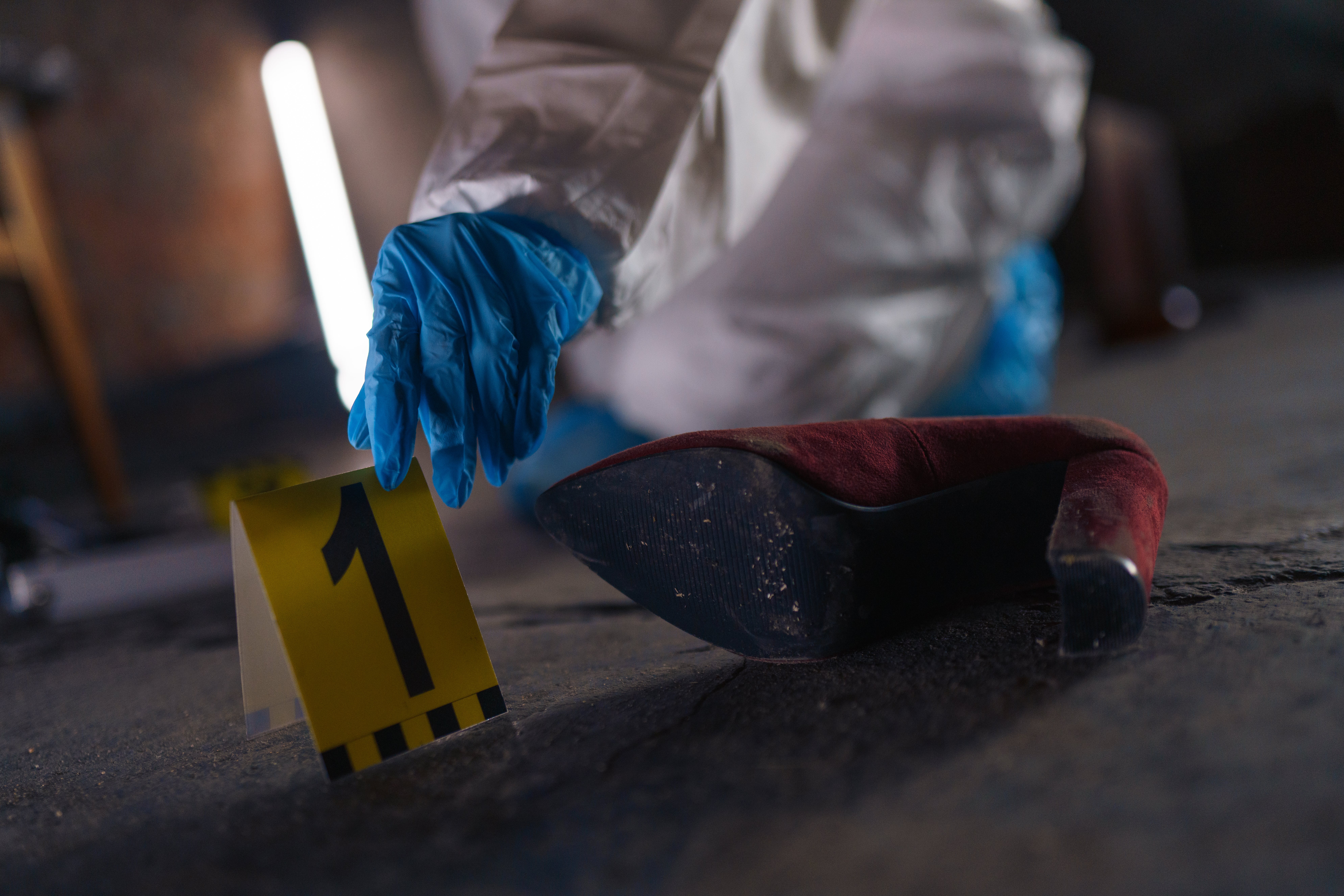Preserving Evidence: Your Key to Strengthening Your Slip and Fall Claim

When it comes to personal injury claims, particularly slip and fall cases, the importance of preserving evidence cannot be overstated. In the world of legal proceedings, evidence serves as the foundation upon which your claim is built. Without a solid evidentiary basis, your chances of success can be significantly diminished. In this blog post, we’ll delve into the critical role of evidence preservation in strengthening your slip and fall claim.
Understand the Significance of Evidence:
Before delving into the specifics of evidence preservation, it’s crucial to recognize why evidence is paramount in a slip and fall claim. Evidence helps establish liability, causation, and damages – the three key elements in any personal injury case. Without compelling evidence, your case may crumble, leaving you with insufficient grounds to seek compensation.
Document the Scene:
One of the first steps in preserving evidence in a slip and fall case is documenting the scene. This includes taking photographs or videos of the area where the incident occurred. Be sure to capture the hazard or dangerous condition that caused your fall from various angles and distances. Additionally, photograph any relevant signage or warnings, weather conditions, and lighting, as these details may be critical in establishing liability.
Seek Immediate Medical Attention:
While not strictly an evidentiary measure, seeking immediate medical attention is paramount for your well-being and strengthens your claim. Medical records serve as crucial evidence of the injuries you sustained due to the slip and fall. Prompt medical treatment can also demonstrate that your injuries were a direct result of the incident.
Preserve Physical Evidence:
Physical evidence, such as the shoes you were wearing at the time of the fall, can be invaluable. If your footwear was damaged or had substances from the scene, preserve them in the condition they were in immediately after the fall. These items can provide important clues about the conditions that led to your accident.
Gather Witness Statements:
If there were any witnesses to your slip and fall, obtain their contact information and statements. Witnesses can provide essential corroborative evidence of how the accident occurred and who may be at fault. Their unbiased accounts can significantly strengthen your claim.
Maintain a Detailed Incident Report:
Create a detailed incident report as soon as possible after the slip and fall. Include information about the date, time, location, weather conditions, and any immediate actions taken after the incident. Your incident report will serve as a contemporaneous record of the event and can be a valuable piece of evidence.
Preserve Surveillance Footage:
If the slip and fall occurred in a public place or on commercial property, there may be surveillance cameras in the vicinity. Notify the property owner or manager immediately and request that they preserve any relevant footage. Surveillance footage can provide clear evidence of how the incident occurred and who may be liable.
Consult with an Attorney:
Finally, it’s crucial to consult with a personal injury attorney experienced in slip and fall cases. An attorney can guide you through the evidence preservation process, help you gather the necessary evidence, and build a strong case on your behalf.
In the realm of slip and fall claims, preserving evidence is the linchpin to a successful outcome. By documenting the scene, seeking immediate medical attention, preserving physical evidence, gathering witness statements, maintaining a detailed incident report, preserving surveillance footage, and seeking legal counsel, you can significantly strengthen your claim and increase your chances of obtaining the compensation you deserve. Remember, time is of the essence in preserving evidence, so take action promptly to protect your rights and interests.
